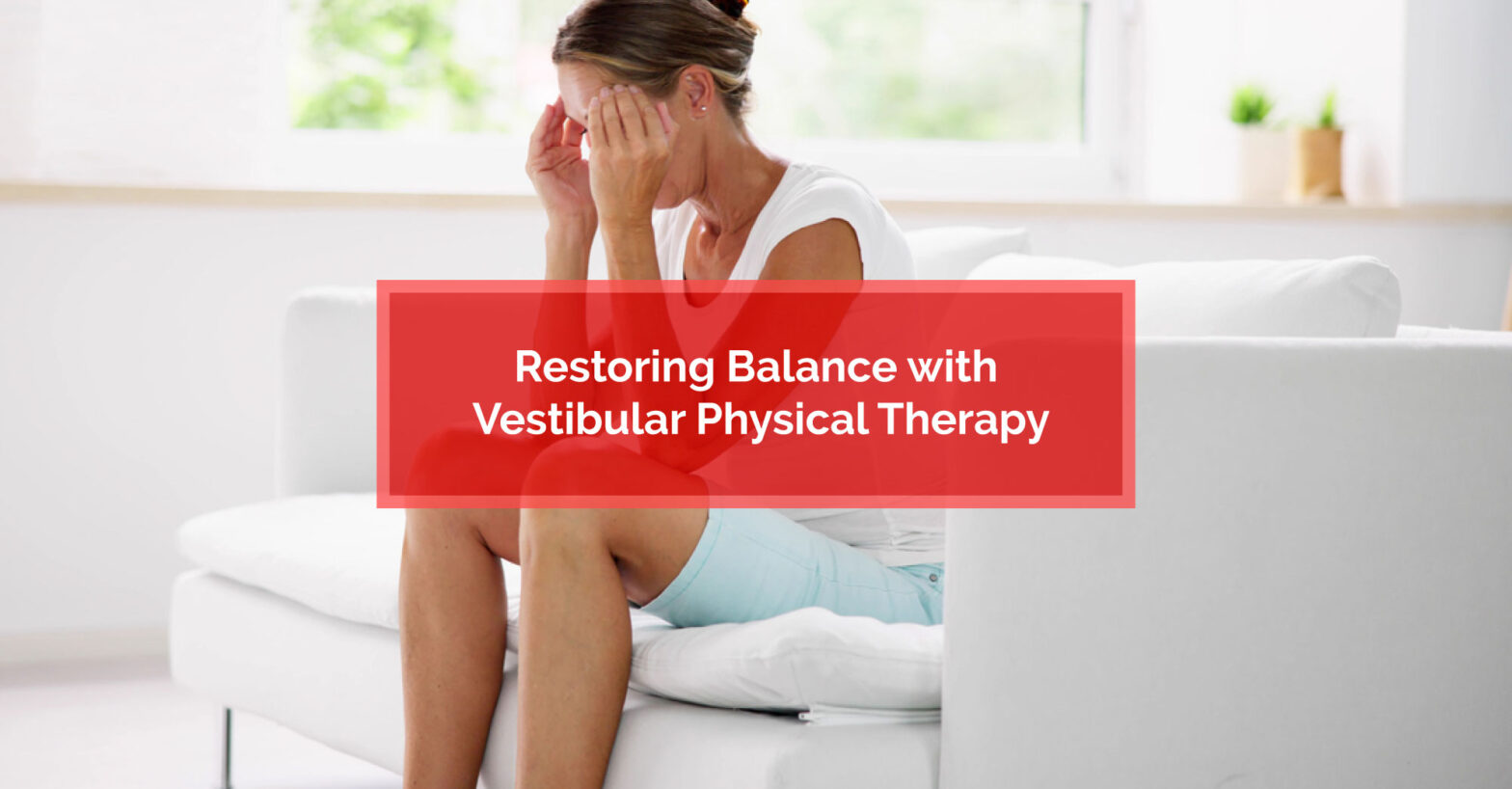Osteoarthritis Treatments: What You Need to Know...
Key Highlights: Osteoarthritis treatments focus on pain relief, restoring joint…
Read More
Posted by Dr. Scott Wilson | 01-Feb-2023
If you’re suffering from lower back pain and sciatica, you know that getting a good night’s sleep can be a real challenge. Sleep is essential to our overall well-being. However, for those struggling with lower back pain and sciatica, certain sleeping positions can exacerbate pain and discomfort, making it difficult to get the restful sleep we need to function properly. Conversely, other sleeping positions help to reduce the level of pain and sciatica symptoms experienced. Here’s a quick overview of the best sleeping positions for reducing back pain and sciatica along with some tips and advice on how to sleep comfortably.
For those suffering from lower back pain and sciatica, the wrong sleeping position can cause the spine to become misaligned, leading to increased pressure on certain areas of the spine and on certain muscles, which can cause pain, discomfort and reduced mobility. For example, stomach sleeping can cause the lower back to arch, which can lead to increased pain and discomfort. The wrong sleep position also leads to poor sleep quality, which adversely affects overall health and well-being.
On the other hand, a more supportive sleeping position helps to maintain spinal health. It reduces muscle tension, promotes muscle relaxation and prevents the onset or exacerbation of back pain and sciatica symptoms. It also helps to promote healthy circulation and oxygen flow throughout the body, which can lead to a more restful and rejuvenating sleep – which is essential for overall physical and mental well-being.
Here are a couple of options to consider and one to avoid if you’re suffering with back pain & sciatica. Of course, it’s important to note that individual comfort may vary, so you should experiment with different positions to find the one that provides the most relief. That said, if you find it difficult to change your sleep position, \speak with your healthcare provider or a physical therapist to get personalized recommendations and guidance.
Sleeping on your back with pillows placed for support is recommended for lower back pain and sciatica sufferers. The first pillow should be placed under your head and neck. This supports the natural curve of the cervical spine. Your pillow should be just high enough to avoid causing your head to tilt forward or backwards. This tilting can lead to a misalignment of your spine. Place the smaller pillow or towel roll under your knees to keep your lower back in a neutral position. This also alleviates pressure on the lumbar region.
This position helps to maintain the natural alignment of your spine and reduces pressure on your lower back. It can also help to reduce muscle tension and improve circulation, which promotes overall spinal health and alleviates pain and discomfort.
Side sleeping with pillows placed specifically for support is also recommended for lower back pain and sciatica sufferers. As above, the first pillow is placed under your head and neck. This supports the natural curve of the cervical spine. Your pillow should be just high enough to avoid causing your head to tilt forward or backwards. This tilting can lead to a misalignment of your spine. Place the second pillow between your knees to keep your hips and pelvis level. It also helps to prevent your lower back from twisting. You could also consider placing a body pillow or a towel roll behind your back. This will help support the natural curve of your lower back.
This can help to alleviate pressure on your lower back by maintaining the natural alignment of the spine. It can also help to reduce muscle tension and improve circulation, which can promote overall spinal health and alleviate pain and discomfort. You may need to experiment with different pillows in order to find the one that provides the most support and greatest comfort.
Sleeping on your stomach is discouraged for those with lower back pain and sciatica. When you sleep on your stomach, your spine is forced into an unnatural position. This can cause your lower back to arch excessively. This excessive arching leads to increased pressure on the discs and nerves of the lumbar region. It can cause pain, discomfort, muscle tension and strain. Sleeping on your stomach also forces your head to one side. This can put stress on your cervical spine and lead to neck pain.
Optimizing your sleep position can certainly make a significant difference when suffering from back pain and sciatica. However, your mattress and pillow quality also have an impact. A mattress that is too soft or too hard can cause improper alignment and pressure on sensitive areas. Similarly, using a pillow that is not supportive can cause your neck to bend unnaturally.
Aside from sleep related considerations, other treatment options, such as physiotherapy, can also make a difference, as does altering certain behaviours. Physiotherapy can help to improve muscle strength, flexibility, and range of motion. These are all important factors in preventing and managing back pain. Avoiding prolonged sitting or standing, improving your posture and increasing your exercise level, can also make a difference.
Q1: What sleep position best relieves sciatica pain?
Answer: Sleeping on your side with a pillow between your knees is considered the best position for alleviating sciatic pain. It keeps your spine in a neutral position which reduces pressure on the sciatic nerve and promotes proper spinal alignment.
Q2: How do I get my sciatic nerve to stop hurting?
Answer: There are several ways to alleviate sciatic nerve pain:
Finding the right sleeping position is crucial in managing back pain and sciatica. Sleeping on your back or side with pillows placed for support can make a significant difference to your sleep quality. It can also positively affect your symptoms and your overall quality of life. It’s also important to consider other factors. The quality of your mattress and pillow also has an impact. So does your posture, exercise level and other daily habits.
If you need help with addressing your lower back pain & sciatica, contact us today and let our team of highly skilled Physiotherapist, Chiropractors and Massage Therapists show you why, at Physiomed, Healthier Starts Here.

Key Highlights: Osteoarthritis treatments focus on pain relief, restoring joint…
Read More
Key Highlights: Runner's knee, or patellofemoral pain syndrome, is a…
Read More
Key Highlights: Upper back and neck pain can be caused…
Read More
Key Highlights: Many people want to lose belly fat for…
Read More
Key Highlights: Vestibular physical therapy, or physiotherapy, is a specialized…
Read More
Key Highlights: Tennis elbow, or lateral epicondylitis, is a condition…
Read More